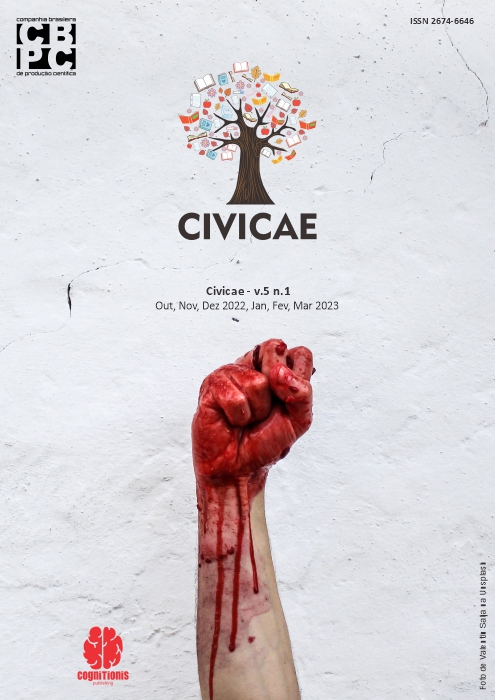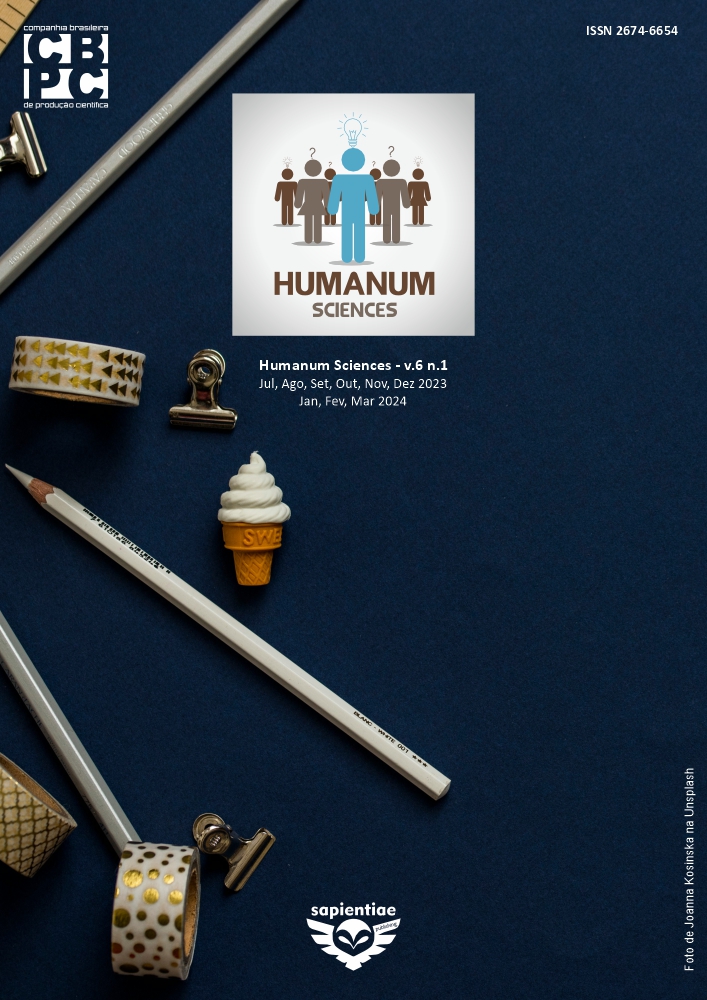Chikungunya and its cross-cutting approach to teaching natural sciences
DOI:
https://doi.org/10.6008/CBPC2318-3047.2021.001.0009Keywords:
Chikungunya, Health education, Epidemiology, Macaé, VectorsAbstract
The CHIKV virus, which promotes Chikungunya disease, is transmitted by mosquitoes of the species Aedes aegypti and albopictus. These mosquitoes have a preference for hot and humid places like Brazil, which is a tropical country. With the arrival of the virus in our country, several cases of infection and deaths from the disease have been identified. Since then, the Ministry of Health together with other State Secretariats, such as the Ministry of Education, promote strategies to combat the disease vector. In this aspect, the schools collaborate with educational strategies that also promote the combat of the vector of Chikungunya. This research aimed to evaluate the knowledge of the students of the third year of high school of three state schools in Macaé/RJ about the Chikungunya theme. It was developed in three public schools of the city of Macaé, with the application of a questionnaire composed of 8 questions that approached aspects of specific knowledge about Chikungunya. A total of 65 students were interviewed. About 44% of the students correctly identified the pathogenic agent of Chikungunya, 88% correctly identified the vector transmitting the disease, 81% know the processes that contribute to the proliferation of the vector. On the other hand, about 48% do not recognize the main symptoms of the disease, 23% do not know that the disease can cause death and 47% do not recognize the phase in which the vector transmits the disease. We concluded that, although the interviewed students presented knowledge about some subjects, they still have a gap in some points about the Chikungunya subject, being necessary that the subject be better worked in the schools. Thus, it is possible that educators take initiatives to sensitize their students to a more active role in society in the fight against the Chikungunya vector.
Downloads
Downloads
Published
Issue
Section
License
The CBPC - Companhia Brasileira de Produção Científica (Brazil CNPJ: 11.221.422/0001-03) the material rights of the published works. The rights relate to the publication of the work anywhere in the world, including rights to renewals, expansions and dissemination of the contribution, as well as other subsidiary rights. All electronically published works may subsequently be published in printed collections under the coordination of this company and / or its partners. The authors preserve the copyright, but are not allowed to publish the contribution in another medium, printed or digital, in Portuguese or in translation.









